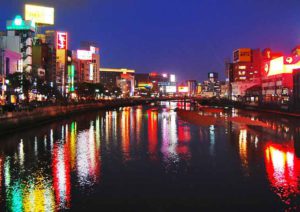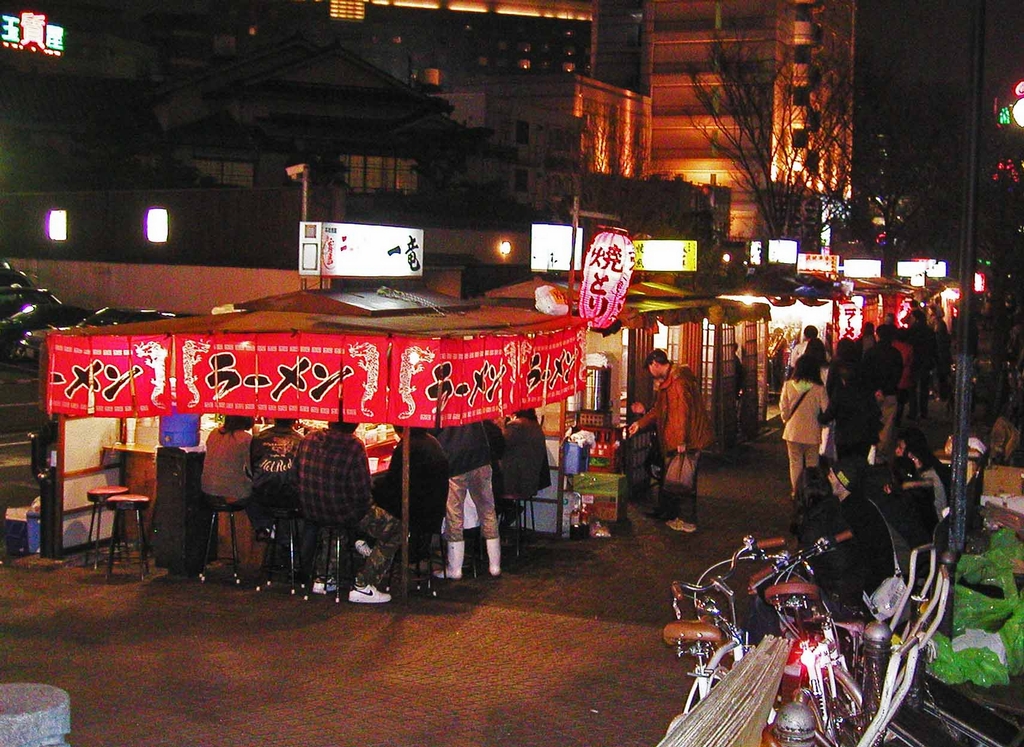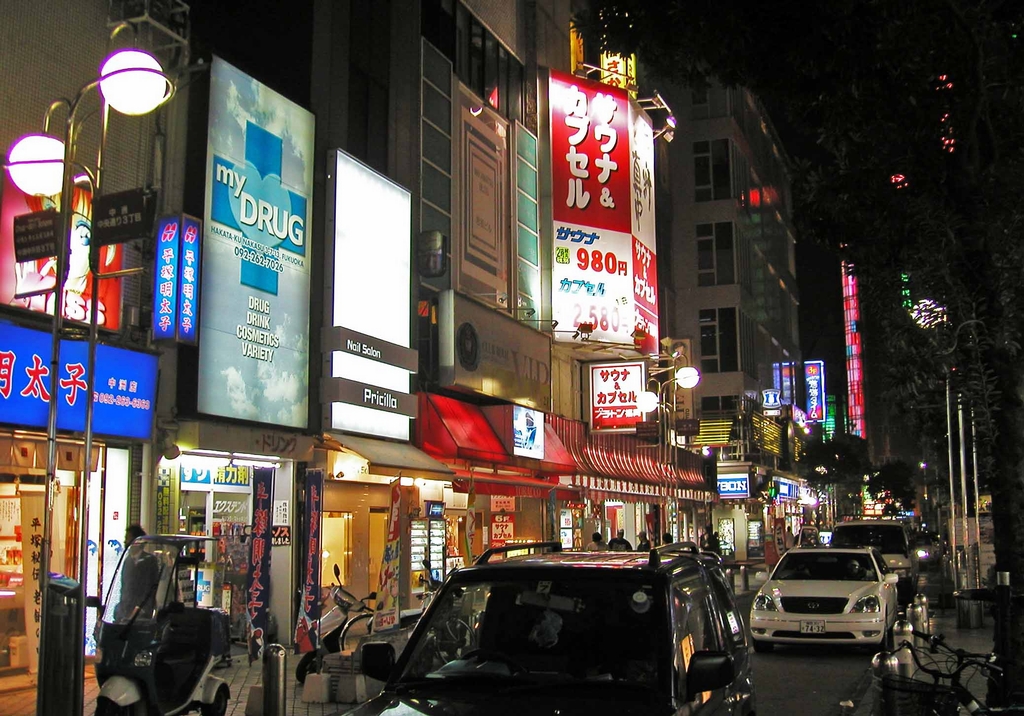Cycling in Okagaki, Fukuoka-prefecture
Okagaki is located west side of Fukuoka-prefecture and is facing to Genkai Sea.
A road dedicated to bicycle run along the Genkai Sea from Okagaki Tourism
Association to Ashiya, the distance is 7.5 km.
Beautiful scenery of Genkai Sea can be enjoyed.
Various rental cycles available at Okagaki Tourism Association.
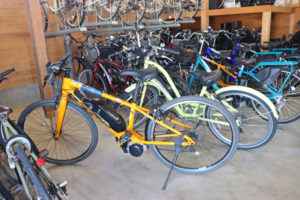 |
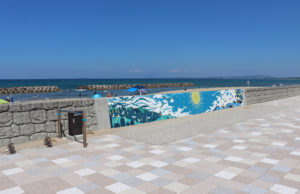 |
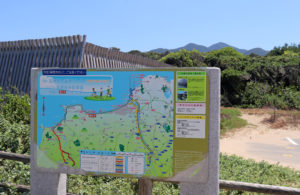 |
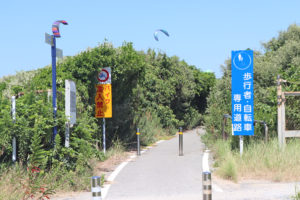 |
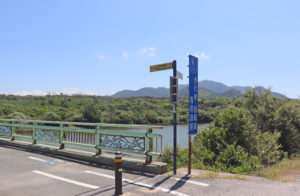 |
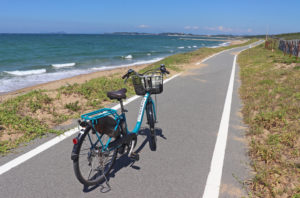 |
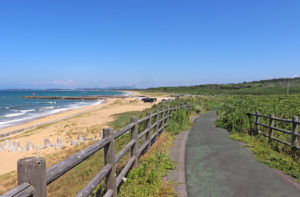 |
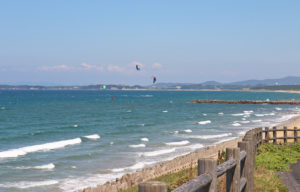 |
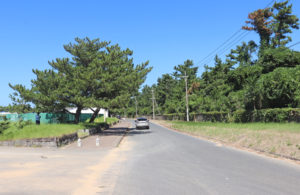 |
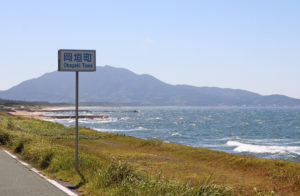 |
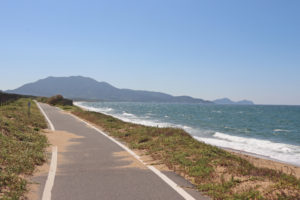 |
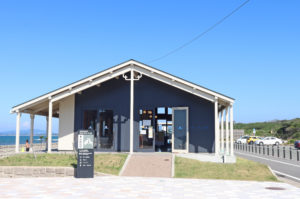 |
Uminonakamichi Seaside Park, in Fukuoka-city
The sprawling, family oriented public park located on a narrow peninsula across the bay from
central Fukuoka. The park is made up of several different areas including flower gardens,
playgrounds, an amusement park with ferris wheel, sports fields, a water park, a zoo and large
open spaces and lawns perfect for picnicking.
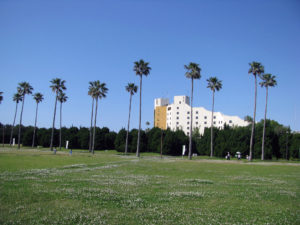 |
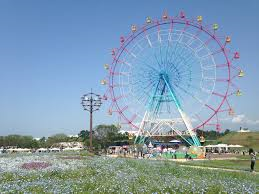 |
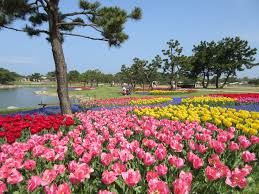 |
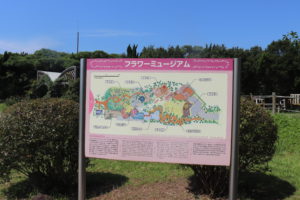 |
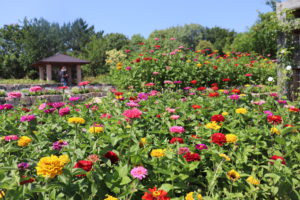 |
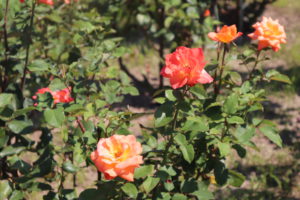 |
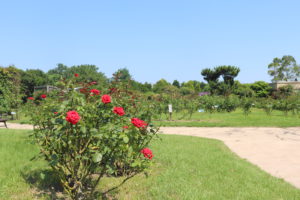 |
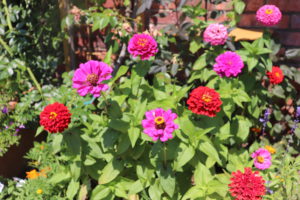 |
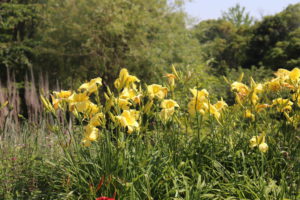 |
Omura, in Nagasaki-prefecture
Omura is the city located in the center of Nagasaki-prefecture and has Nagasaki Airport.
It is approximately 40 minutes to Nagasaki-city by a car.
Omura was the territory of the Omura clan. In 1549, when the missionary Francisco Xavier
introduced Christianity to Japan, the feudal lord Omura Sumitada allowed to spread Christianity,
and in 1563 Omura Sumitada himself became a Christian, becoming Japan’s first Christian
feudal lord.
And then, many people became Christians in Omura area.
However, in 1587, the year Omura Sumitada died, Toyotomi Hideyoshi issued ban on Christianity.
Since then, many Christians have been martyred here.
 |
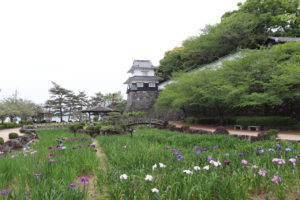 |
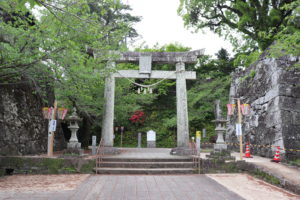 |
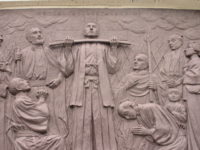 |
 |
 |
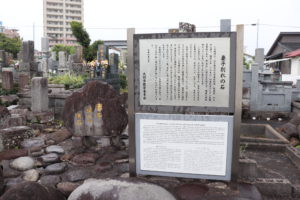 |
 |
 |
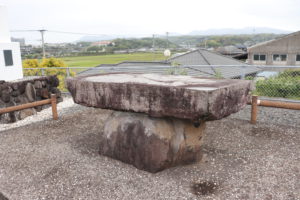 |
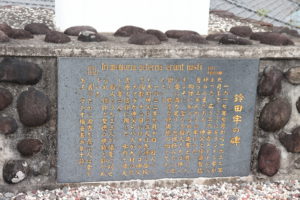 |
 |
Population : 97,000 people, Population density : 770 people / km2
Uomachi & Kyomachi Shopping street, in Kitakyushu-city, Fukuoka-prefecture
Uomachi and Kyomachi Ginteigai are the arcade downtown shopping streets connected from
JR Kokura Station in Kitakyushu-city.
The literal meaning of Gintengai is the Silver roof arcade shopping street and Uomachi
Gintengai is the birth place of Japanese arcade shopping street constructed in
1991. Now, there are many kind of fantastic shops and restaurant along the street.
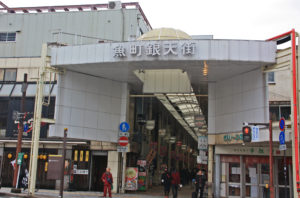 |
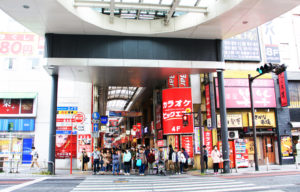 |
 |
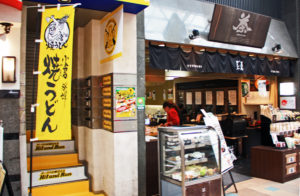 |
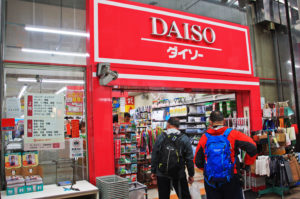 |
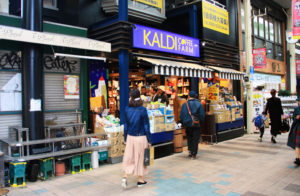 |
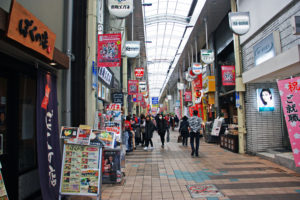 |
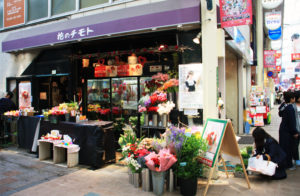 |
 |
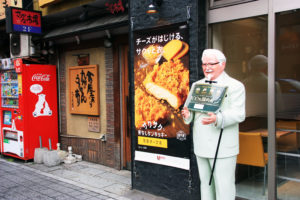 |
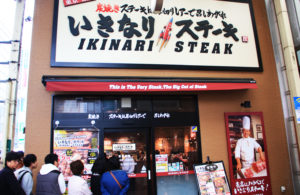 |
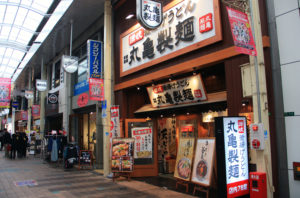 |
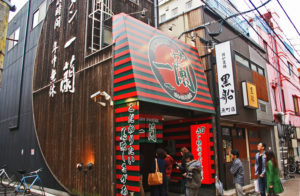 |
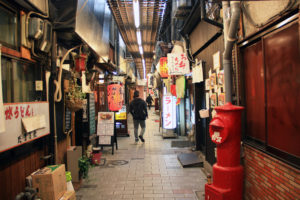 |
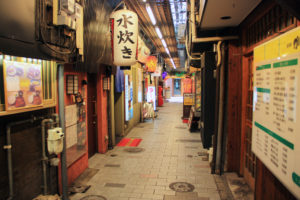 |
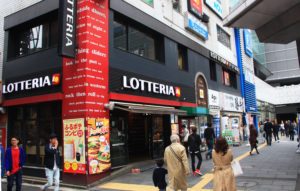 |
 |
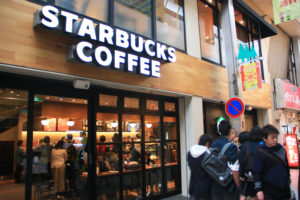 |
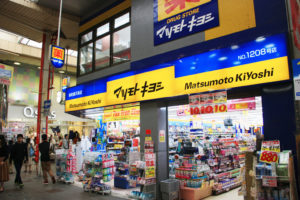 |
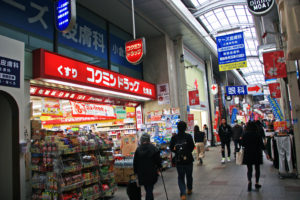 |
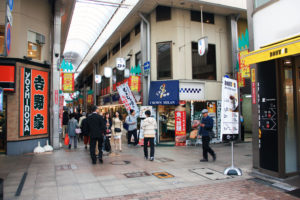 |
Kawabata-dori Shopping Street, in Fukuoka-city
The most historical and traditional local shopping street in Hakata. The entrance of the
shopping street is located next to Kushida Shrine.
Approximately 130 shops built in the 400 metre arcade.
There are also souvenir shops including Hakata dolls, shops collected Hakata Gion Yamakasa
goods, restaurants included Ramen shop where the birth place of Nagahama Ramen.
On the weekend, Friday, Saturday and Sunday, various events are held at the Event square.
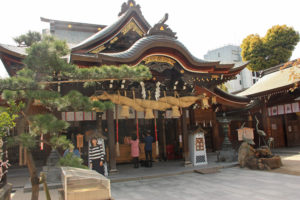 |
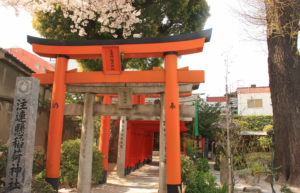 |
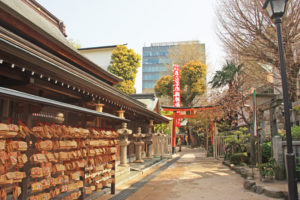 |
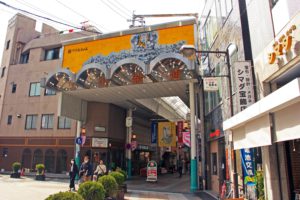 |
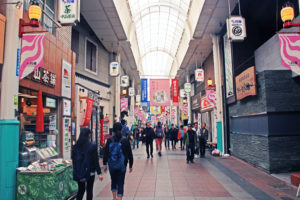 |
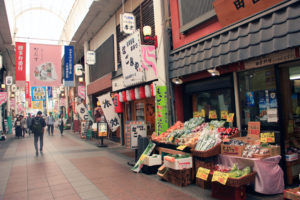 |
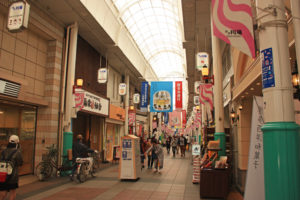 |
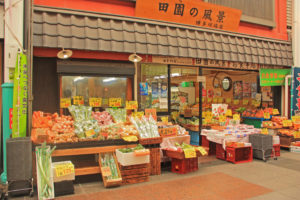 |
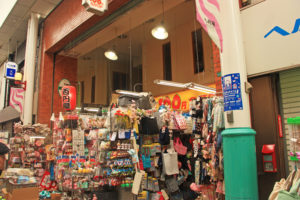 |
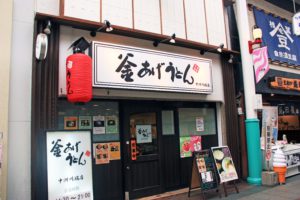 |
 |
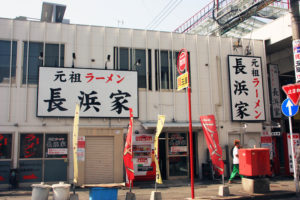 |
Starbucks at Dazaifu Shrine, in Fukuoka-prefecture
Coffee break under the traditional atmosphere. The restaurant was designed by renown
architecture designer Kengo Kuma in 2011. The concept of the design is Harmony of
Modern and traditional by natural material; 2000 cedar timber is assembled in a traditional
wood structure without using nails. Enjoy the luxurious time in the warmth of wood and the
scent of coffee.
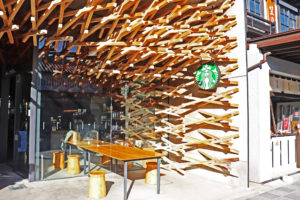 |
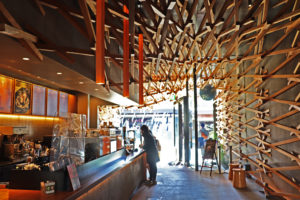 |
 |
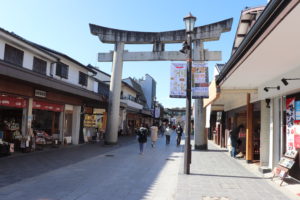 |
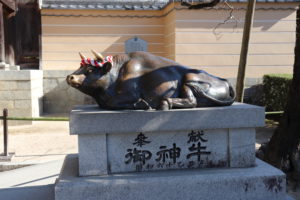 |
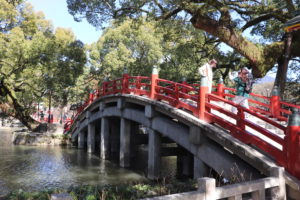 |
Karatsu & Yobuko, in Saga-prefecture
Karatsu and Yobuko, located on the Higashi Matsuura Peninsula in the north-western part
of Saga-prefecture, have been prosperous from ancient times as an important point for
trade with Mainland China. Karatsu is a part of Genkai Quasi-National Park, and has many
scenic spots.
Yobuko is a town of Fishing industry, famous for Squid and Morning Market called
Asaichi. Yobuko is located northern tip of Saga-prefecture and is facing
to Genkai-nada Sea. A lot of places were as a Shooting location of
Thailand drama.
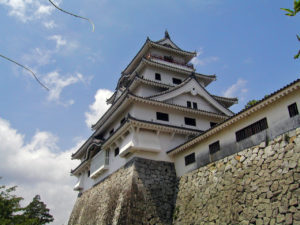 |
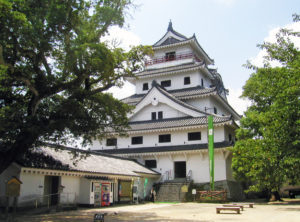 |
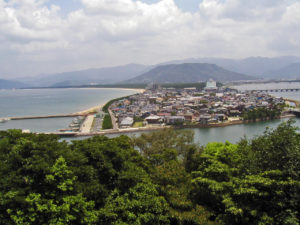 |
 |
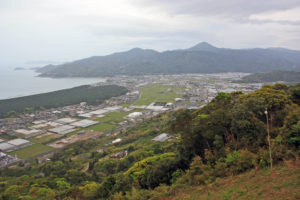 |
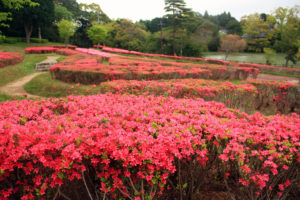 |
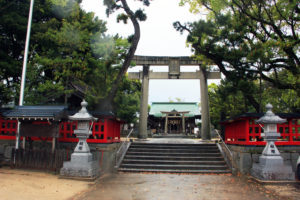 |
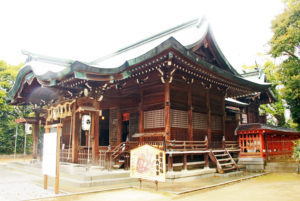 |
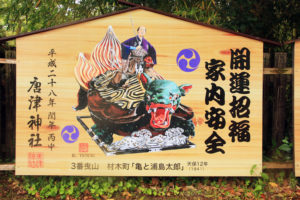 |
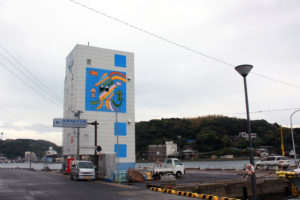 |
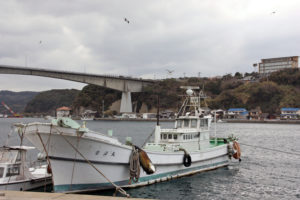 |
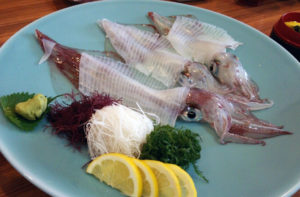 |
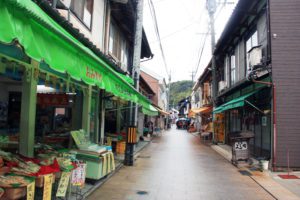 |
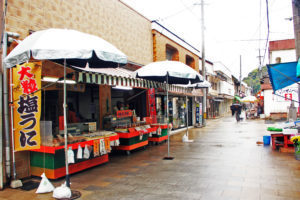 |
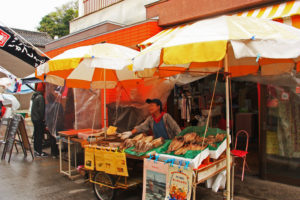 |
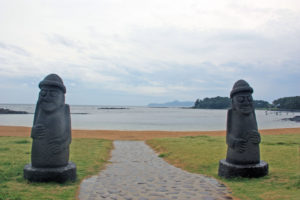 |
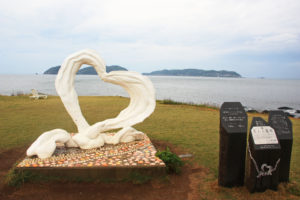 |
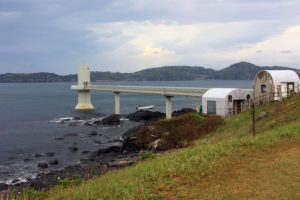 |
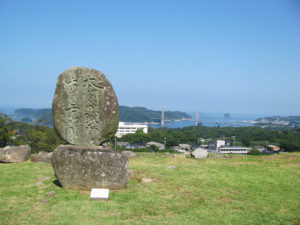 |
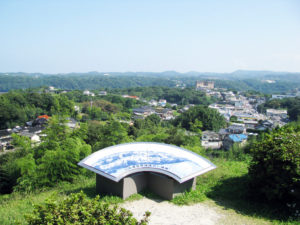 |
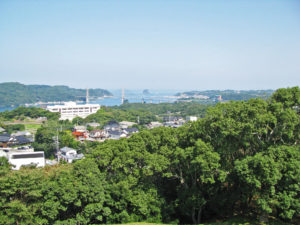 |
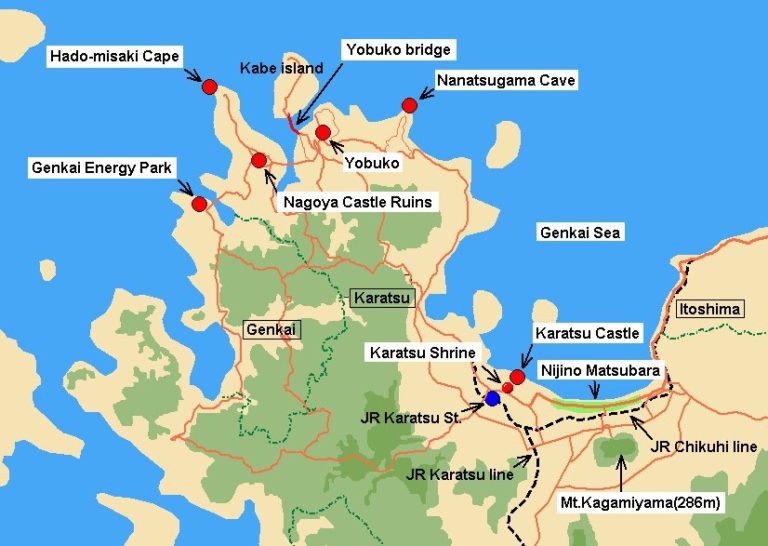
Ukiha Inari Shrine, Fukuoka-prefecture
Breath taking scenery in harmony with the Shrine. Ukiha Inari Shrine, located at foot of Mino
mountain range, 130 m height from sea level. The 90 vermilion coloured Torii Gates stand on
the 300 steps stairs is introduced you from bottom area to the Shrine main building.
From the Shrine compound, a breath taking panoramic view of Chikugo plain in harmony with
Torii Gate can be enjoyed.
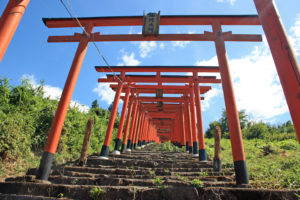 |
 |
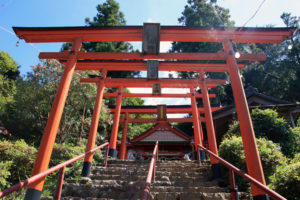 |
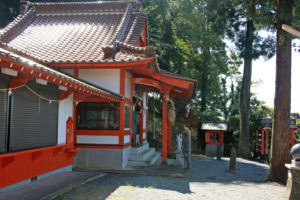 |
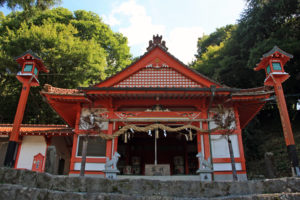 |
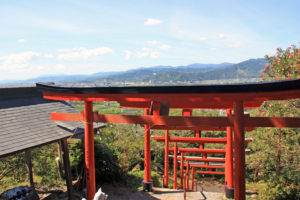 |
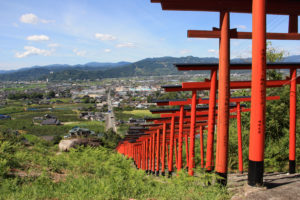 |
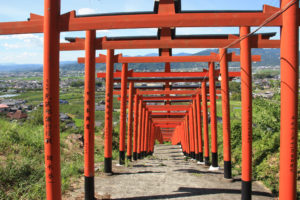 |
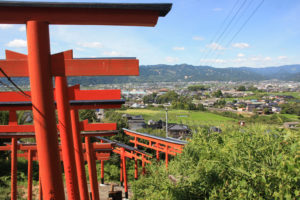 |
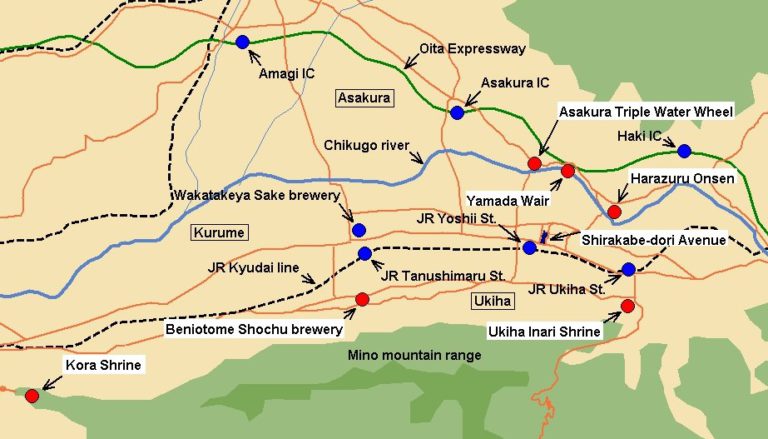
Yame Central Tea Plantation, Fukuoka-prefecture
The country of Green Tea, Yame. The Green Tea grown in Yame is one of the highest grade
of tea throughout Japan. This is the large Tea plantation spreading on a gently sloping hilly
area, about 70 ha.
There is an observatory at the top of hill, Ariake bay as well as Shimabara Peninsula in
Nagasaki-prefecture can be seen on sunny days.
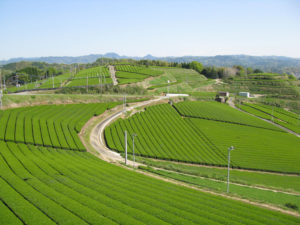 |
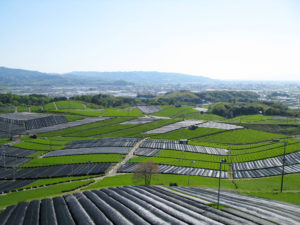 |
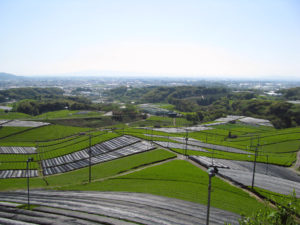 |
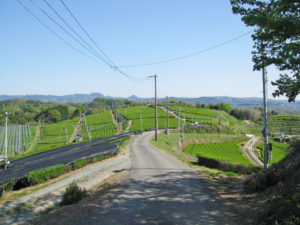 |
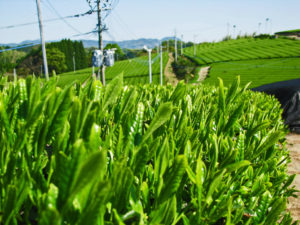 |
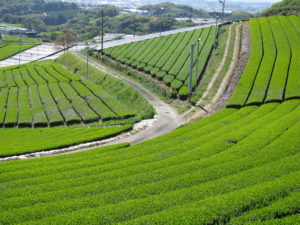 |
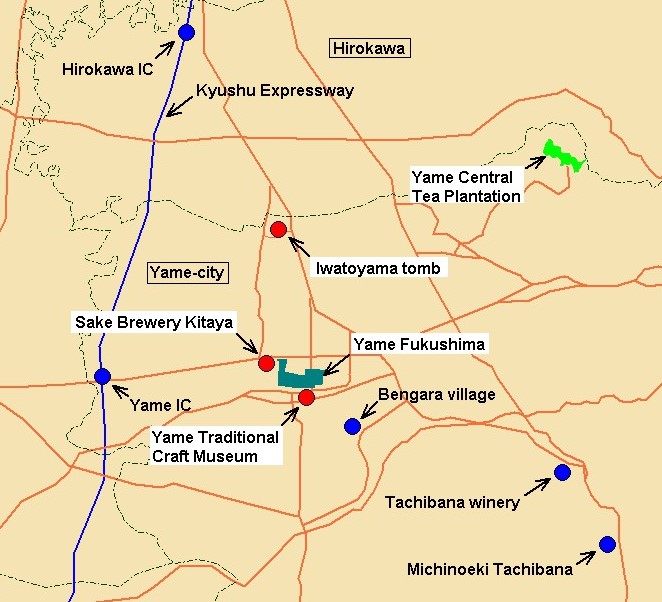
Nakasu, in Fukuoka-city
One of the largest entertainment districts in western Japan, bustling at night with young people
and business men and women. Around 2000 eating and drinking establishments including Yatai
is crammed in this area, Neon light reflect alluringly on the Naka River.

